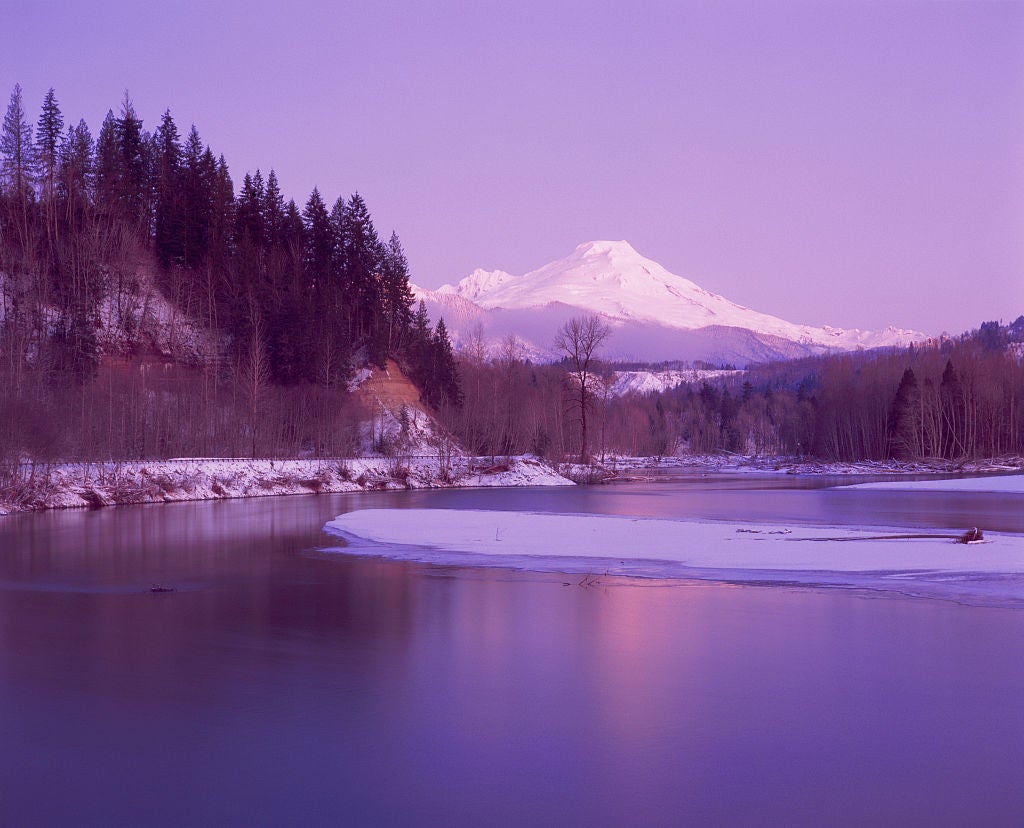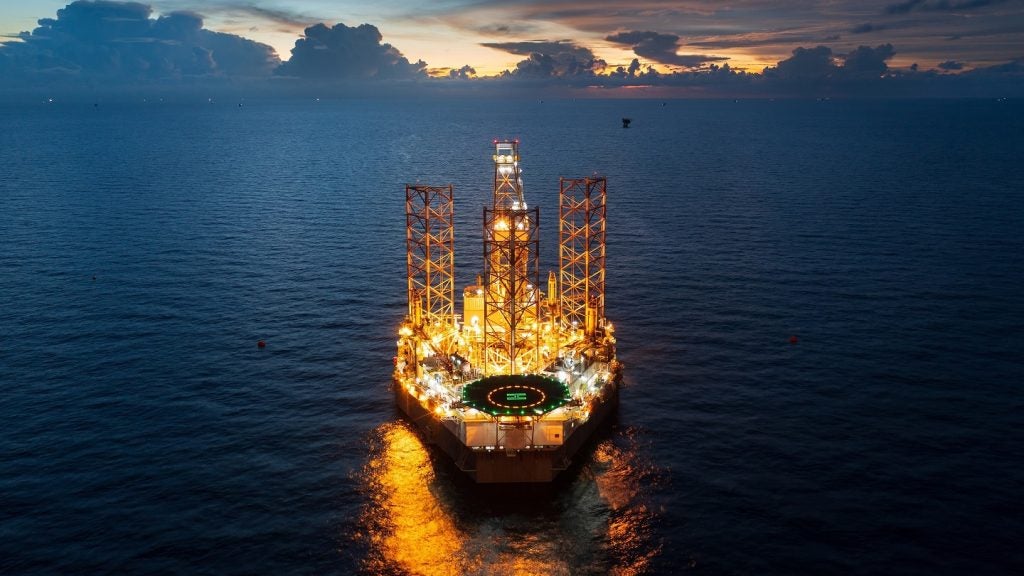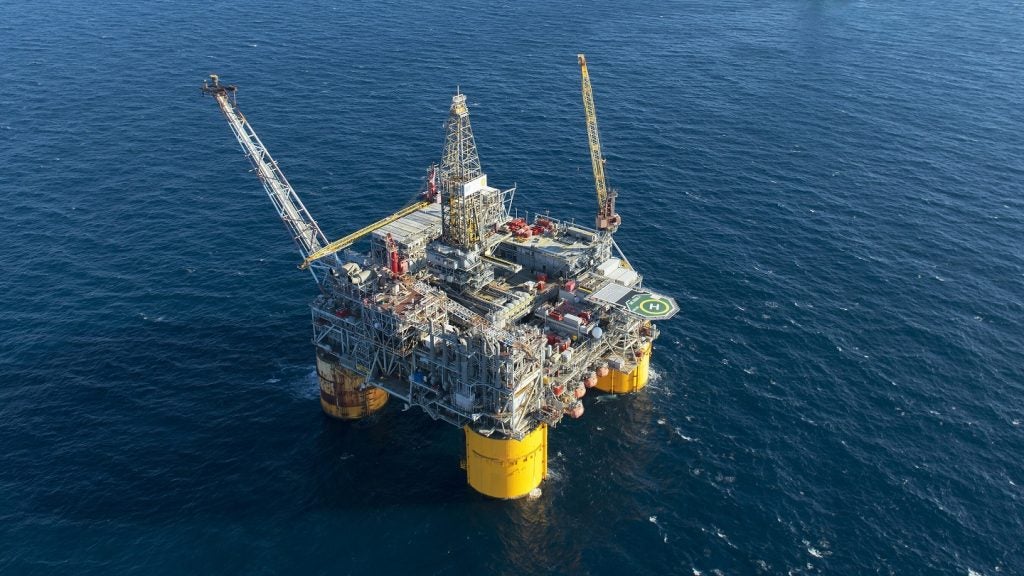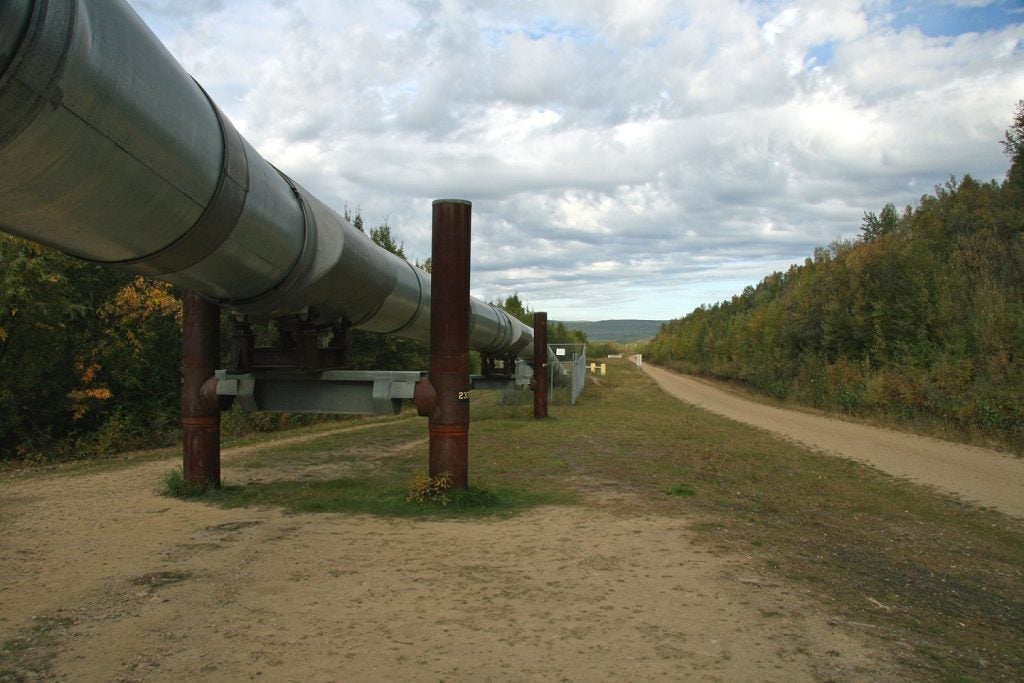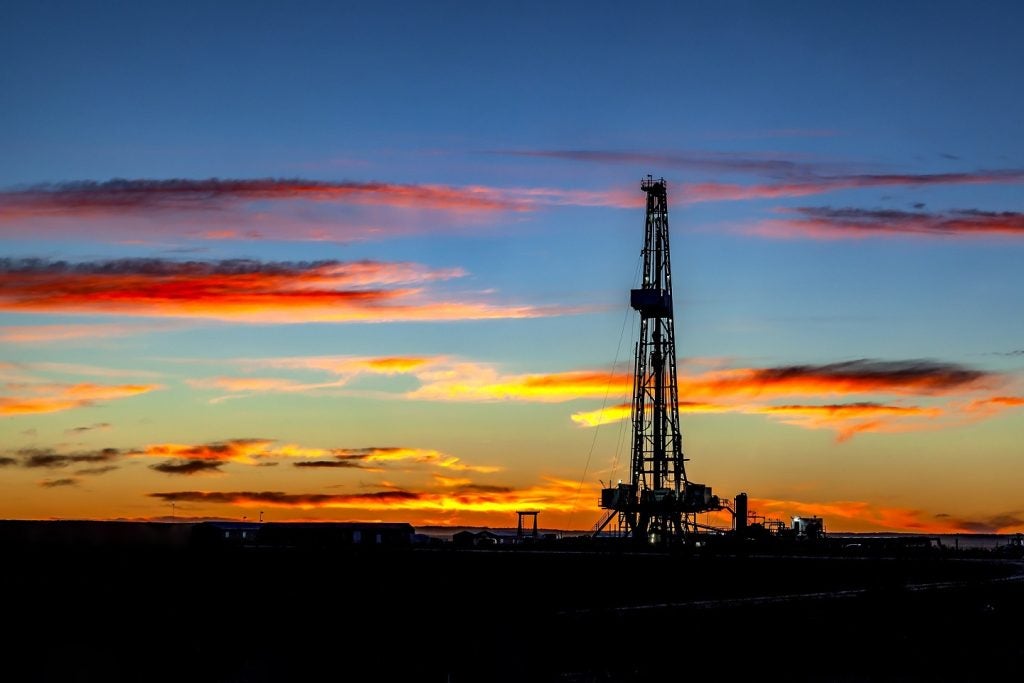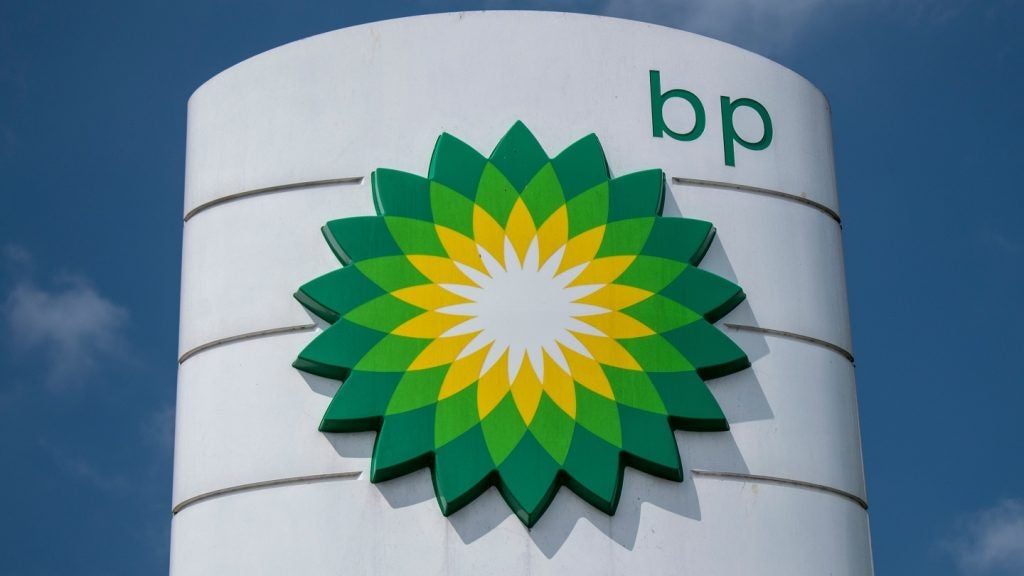Around 25,660 gallons (97,100 litres) of gasoline leaked from BP’s Olympic Pipeline in north-west Washington state, US, after a small tube connected to the main pipeline failed at a pressure-check valve on 10 December. Emergency teams have been working since Tuesday (12 December) to address the spillage.
Despite the incident, federal regulators reported on Tuesday that the leaked fuel is unlikely to reach the Skagit River, according to the Environmental Protection Agency (EPA). The river is the second largest in the north-west of the US and one of the largest in the country. Containment measures, such as the installation of a containment boom, have been implemented to prevent contamination of the river. Furthermore, there is no evidence of damage to wildlife, and air quality monitoring by the EPA confirmed there is no risk to public health.
Kenneth Clarkson, spokesman for the Pipeline Safety Trust, said: “To see another spill of this magnitude from this pipeline is more than extremely disheartening. This time, we were fortunate that nobody was injured or killed; any spill, and especially one of this size, that happens near our schools and into our treasured waterways and salmon habitat is completely unacceptable.”
The Pipeline Safety Trust was established in 1999 following a spillage of more than 236,000 gallons (893,360 litres) of gasoline in Bellingham, Washington, that erupted into a fireball, killing three people.
The Olympic Pipeline stretches 644km from Blaine, Washington, to Portland, Oregon. It began operations in 1971 and transports gasoline, diesel and jet fuel from four refineries in north-western Washington state. BP own 70% of the project, while TransMontaigne Partners owns the remaining 30%.
This is one of the largest spills in Washington state since the Bellingham incident in 2000; however, spills of a similar magnitude occur more frequently nationally, such as recent incidents in Oklahoma City in September and Cushing, Oklahoma, in October, according to Clarkson.


